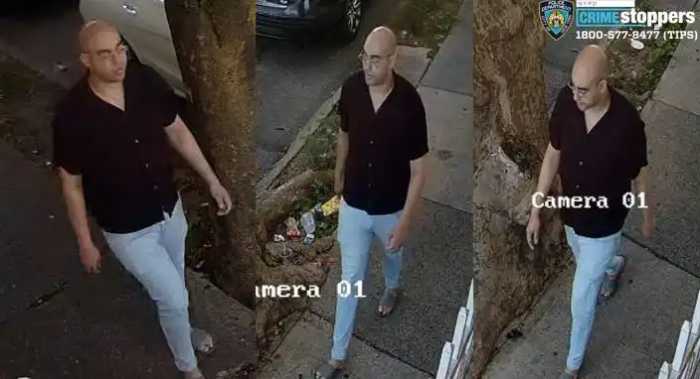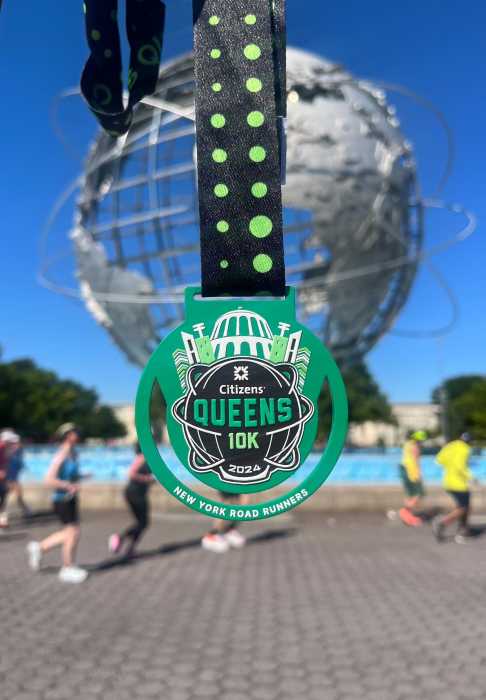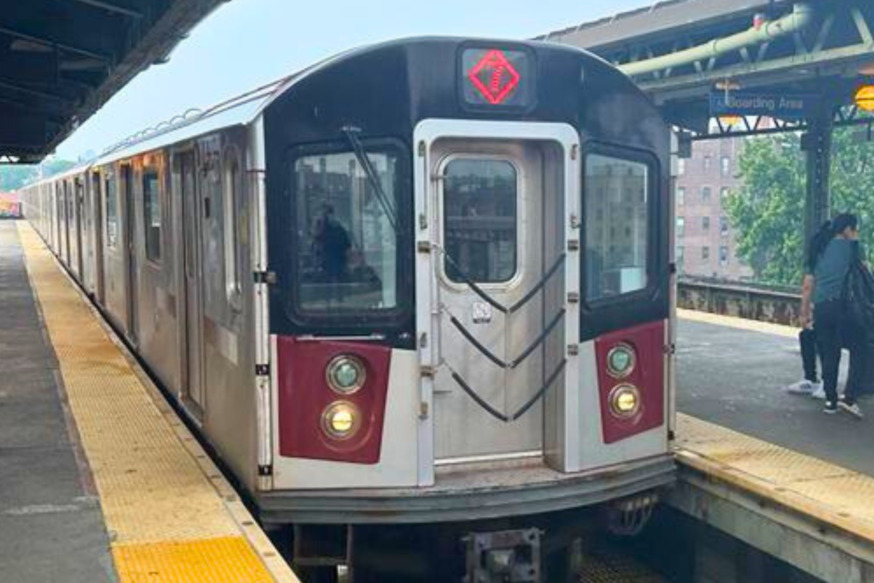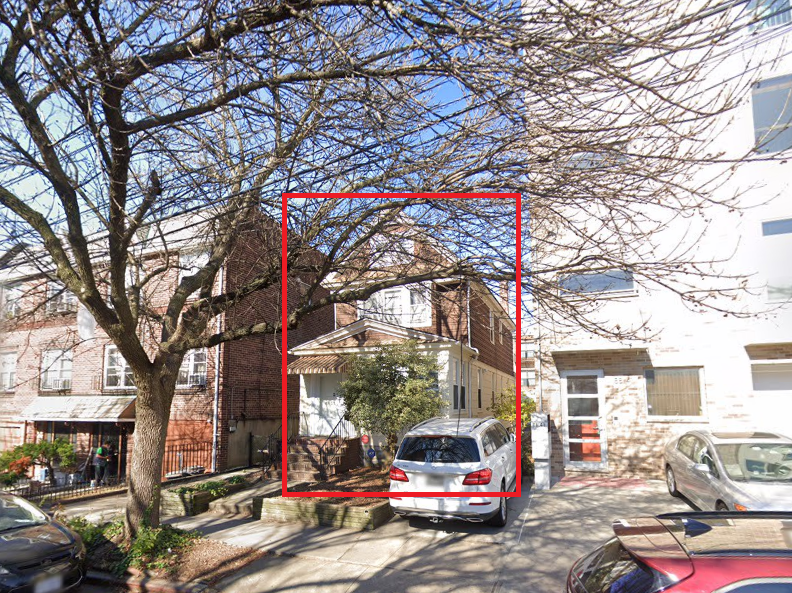Dotted lines indicating bike paths stretch across Jackson Heights in the Department of Transportation’s (DOT) first draft of a proposed bike grid that was released on Oct. 18.
The draft is the first physical product of the DOT’s Big Jump initiative, a national three-year-long effort to encourage bike riding and triple the amount of bike riders in New York City. The proposed grid is meant to improve on existing routes in Jackson Heights, Corona and East Elmhurst.
“It’s disappointing to see Jackson Heights get more than Corona,” said Juan Restrepo, Queens organizer at Transportation Alternatives, a nonprofit that works to increase cycling and walking in New York City.
Restrepo hopes that the network’s second draft will better represents neighborhood needs by allowing bikers to access subway stations and dispersing more protected paths.
In the network, the majority of the paths are concentrated to one neighborhood — Jackson Heights — and there are a few key needs that have not been addressed. Restrepo and Queens Bike initiative— a group of Queens residents campaigning for safer bike lanes — pointed out that there is no connector from 34th Avenue to Flushing Meadows Corona Park, no protected bike lanes connecting neighborhoods from East to West and no protected bike lane for north-to-south travel.
According to the DOT’s Safer Cycling Report, Queens Community Boards 3 and 4 were found to have a high number of cyclists. Community Board 3, which includes Jackson Heights, East Elmhurst and North Corona was found to have “medium coverage.”
While Community Board 4, which is comprised of Elmhurst, Corona and Flushing Meadows Corona Park was found to have “low coverage” — meaning that CB 3 already had more bike lanes than CB 4.
“The people that need it the most don’t speak the language of elected officials,” said Restrepo, who said that language barrier for Corona’s high number of Spanish-speakers might have prevented them from attending one of the 70 workshops and public meetings held since October of 2017, when the Big Jump Initiative started. According to Restrepo, Jackson Heights has had more of a voice in regards to cycling than other neighboring communities.
When contacted by QNS, a DOT representative issued the following statement: “As our outreach efforts move forward into year two, the agency will continue working collaboratively with stakeholders and Community Boards 3 and 4 to refine potential bicycle routes as well as develop additional safety projects for 2019 implementation and beyond.”







































